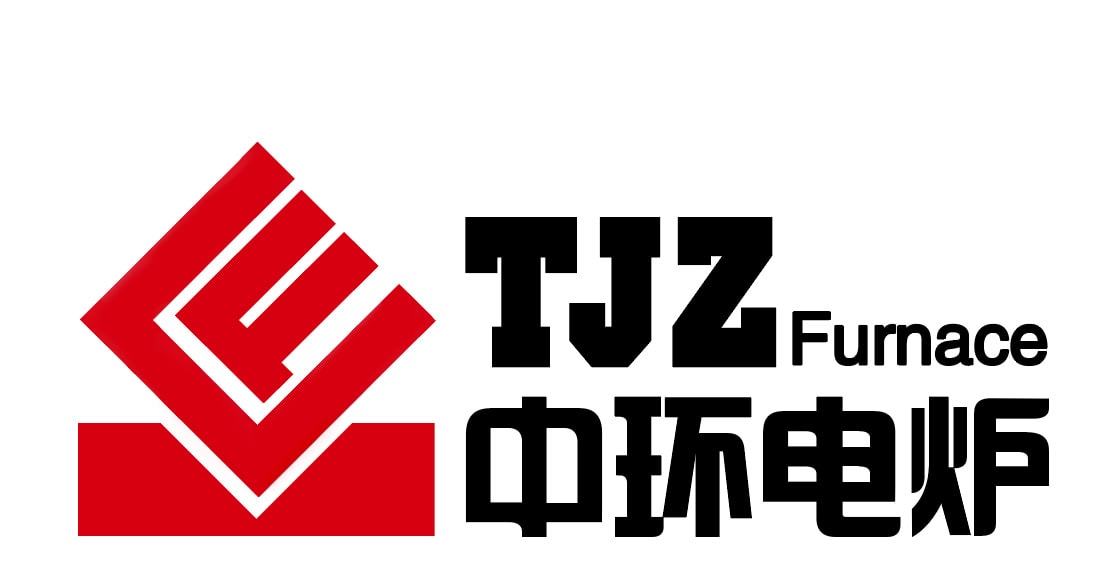SYMPOSIUM 3: 23rd International Symposium on Solid Oxide Cells (SOC): Materials, Science and Technology
Solid oxide cells (SOCs) offer great potential for clean and efficient power generation from a wide variety of fuels ranging from hydrocarbons to renewables and for highly efficient conversion of electricity to hydrogen or synthesis gas via electrolysis. Durable electrochemical energy conversion in SOC is only possible by proper material choice and processing, cells stacking technologies and stack module design. Application of SOC in scalable systems for power, heat, hydrogen and synthetic gas generation requires serious consideration of the stack operating window, operating environment, contaminants sources/level and customer specifications to realize competitive solutions.
This symposium provides an excellent platform for academia and industry to present and discuss novel solutions for materials, components design, mechanical robustness, durability, system layouts and exchange their experience in application of SOCs in different areas. The goal of the symposium is not only the exchange of recent results by experienced and young scientists but also extensive discussion of unsolved problems and development directions.
Proposed Session Topics
- Electrolytes and ionic conductors: oxygen ion, proton and mixed conductors; conduction mechanisms and material development
- Electrode materials and interfaces: electrode processes, defect chemistry, microstructural engineering, surface and interfacial reactions, poisoning, degradation mechanisms, accelerated testing and characterization
- Interconnects, seals and joining technologies: ceramic/metallic interconnects; sealing and brazing technologies; materials development, coatings, interactions, and reliability
- Cell and stack design, processing, and fabrication: novel manufacturing methods for cells, stacks, reformers, burners and other system components; integration strategies
- Mechanical and thermomechanical properties: mechanical integrity and durability of materials and components under high-temperature operation, thermal and redox cycles
- Modelling and simulation: electrochemical performance, thermomechanical stresses and degradation modelling; simulation of temperature distribution, stress, and current distribution in cells, stacks, and systems
- High-temperature electrolysis and process engineering: steam and CO2 electrolysis, system integration and chemical process engineering
- System design, integration and demonstration: system architecture, layout, dynamic operation, and performance in real-world applications
Symposium Organizers
- Tae Ho Shin, Korea Institute of Ceramic Engineering & Technology, Republic of Korea (lead organizer)
- Mihails Kusnezoff, Fraunhofer IKTS, Germany
- Federico Smeacetto, Politecnico di Torino, Italy
- Scott A. Barnett, Northwestern University, USA
- John Hardy, Pacific Northwest National Laboratory, USA
- Olga Marina, Pacific Northwest National Laboratory, USA
- Henrik Lund Frandsen, DTU Energy Conversion and Storage, Denmark
- Prabhakar Singh, University of Connecticut, USA
- Sebastian Molin, Gdansk University of Technology, Poland
- Julie Mougin, CEA, France
- Vincenzo Esposito, DTU Energy Conversion and Storage, Denmark
- Ruey-Yi Lee, Institute of Nuclear Energy Research, Taiwan
- Tatsumi Ishihara, Kyushu University, Japan
- Toshiaki Matsui, Kyoto University, Japan
- Aline Leon, European Institute for Energy Research, Germany
- Luca Mastropasqua, University of Wisconsin, Madison, USA
- Xingbo Liu, West Virginia University, USA
Points of Contact
- Tae Ho Shin: ths@kicet.re.kr
- Mihails Kusnezoff: kusnezoff@ikts.fraunhofer.de
- John Hardy: Hardy@pnnl.gov










